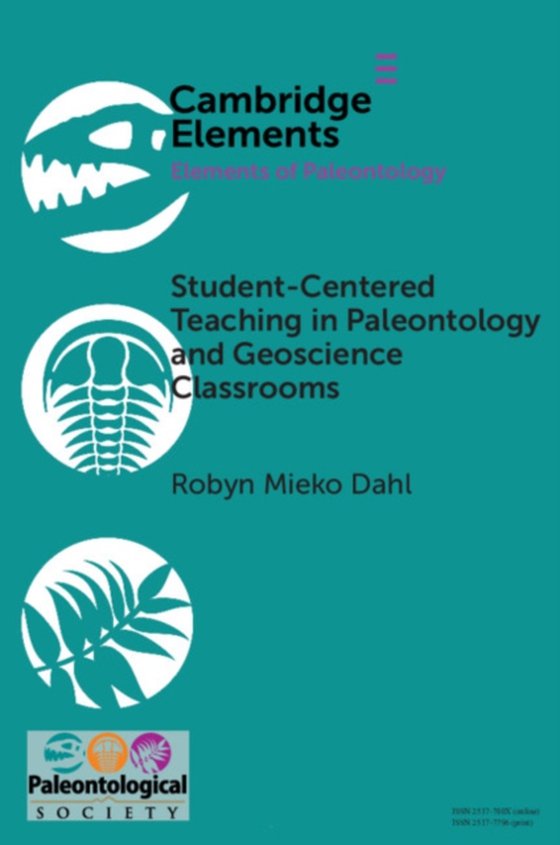
Student-Centered Teaching in Paleontology and Geoscience Classrooms e-bog
192,41 DKK
(inkl. moms 240,51 DKK)
Research on learning and cognition in geoscience education research and other discipline-based education communities suggests that effective instruction should include three key components: a) activation of students' prior knowledge on the subject, b) an active learning pedagogy that allows students to address any existing misconceptions and then build a new understanding of the concept, and c)...
E-bog
192,41 DKK
Forlag
Cambridge University Press
Udgivet
30 januar 2019
Genrer
JNMN
Sprog
English
Format
pdf
Beskyttelse
LCP
ISBN
9781108653312
Research on learning and cognition in geoscience education research and other discipline-based education communities suggests that effective instruction should include three key components: a) activation of students' prior knowledge on the subject, b) an active learning pedagogy that allows students to address any existing misconceptions and then build a new understanding of the concept, and c) metacognitive reflections that require students to evaluate their own learning processes during the lesson. This Element provides an overview of the research on student-centered pedagogy in introductory geoscience and paleontology courses and gives examples of these instructional approaches. Student-centered learning shifts the power and attention in a classroom from the instructor to the students. In a student-centered classroom, students are in control of their learning experience and the instructor functions primarily as a guide. Student-centered classrooms trade traditional lecture for conceptually-oriented tasks, collaborative learning activities, new technology, inquiry-based learning, and metacognitive reflection.
 Dansk
Dansk

